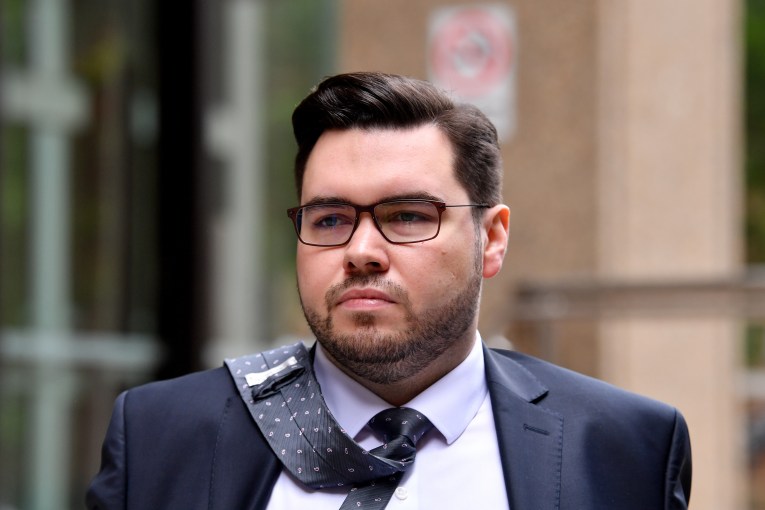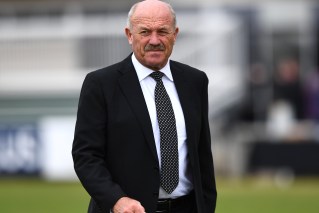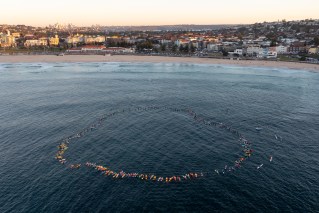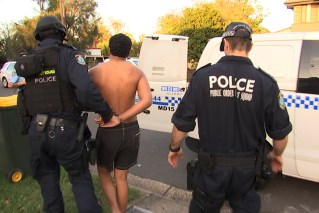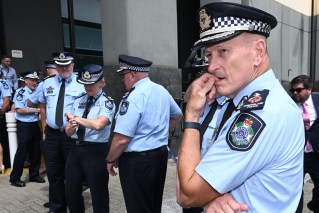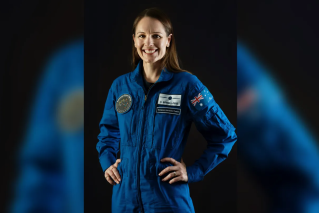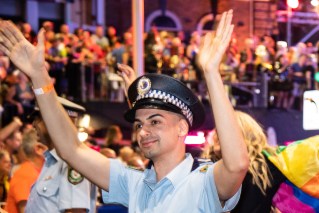How some babies and toddlers now have access to Covid jab
The Moderna vaccine for Covid-19 will be made available to some children aged six months to five years in particular risk categories.
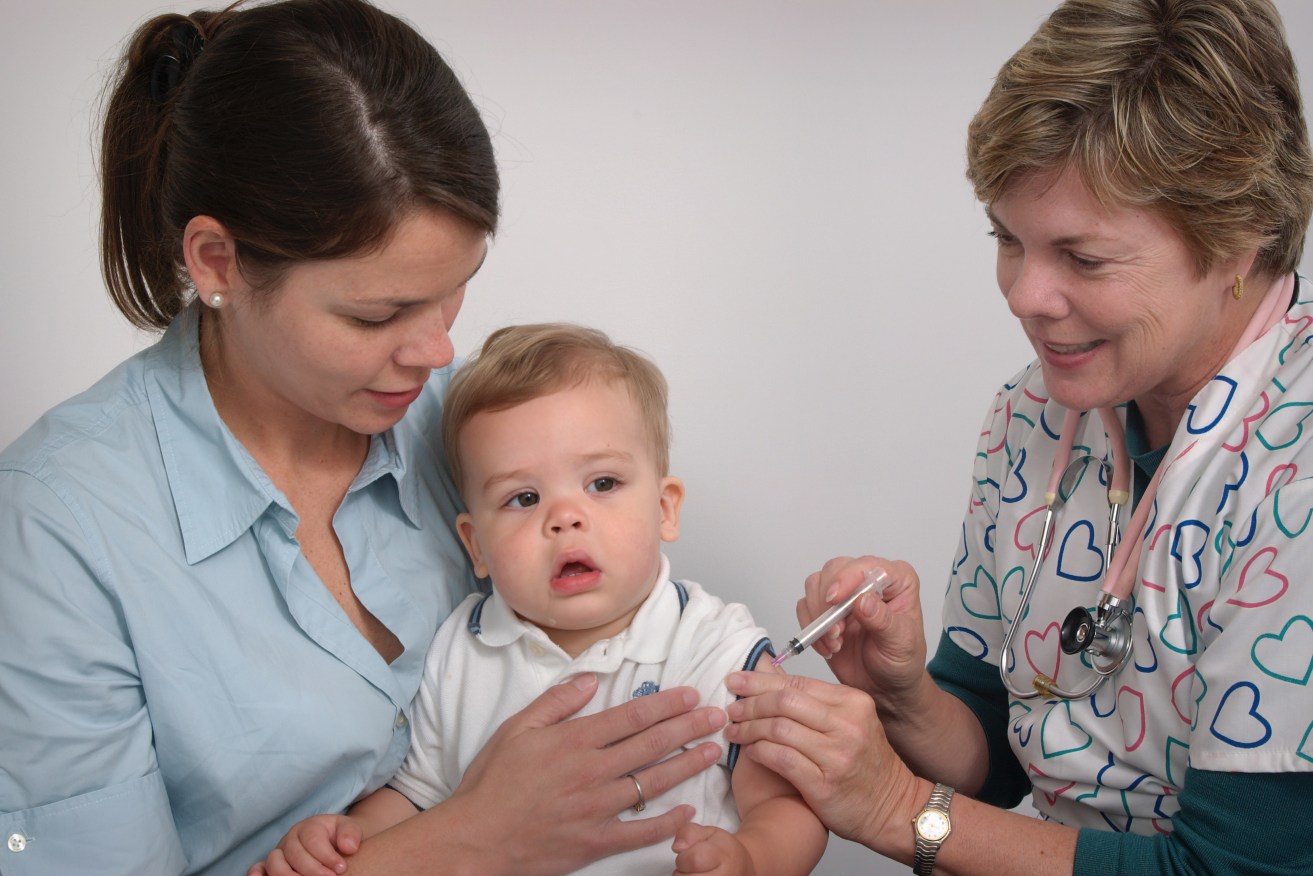
Image: CDC/Unsplash
Health Minister Mark Butler announced he had accepted the advice of experts to allow the vaccinations, making it one of the first countries in the world to do so.
The program will start on September 5 and will be available for children who are severely immunocompromised, disability, and those who have complex or multiple health conditions which increase the risk of severe Covid-19.
These include such conditions as severe primary or secondary immunodeficiency, including those undergoing treatment for cancer, as well as children undergoing bone marrow or stem cell transplant therapy, or receiving treatment for complex congenital cardiac disease and chronic lung disease.
Arrangements have not yet been put in place to book vaccinations.
The recommendation is for two primary doses, except for those who are severely immunocompromised who require three primary doses.
The recommended interval between each dose is eight weeks.
Butler said advisory body ATAGI did not recommend vaccination for children aged six months to five years who are not in the risk categories for severe Covid-19.
ATAGI says there is a “very low risk” of Covid-19 in healthy children under five.
Meanwhile, a child’s nose is more effective at fighting off Covid-19 than that of an adult, Australian researchers have found.
The research, published in the journal PLOS Biology, suggests the nasal epithelium – or nose lining – of children inhibits infection and replication of the original and Delta strains of the virus that causes Covid-19.
Lead author Kirsty Short, from the University of Queensland, said the paper found children had a lower infection rate and milder symptoms than adults.
However, the anti-viral strength of the nose lining did not provide the same protection against the more infectious Omicron strain.
Researchers obtained samples of nasal lining cells from 23 healthy children aged 2-11 and 15 healthy adults aged 19-66 in Australia.
They exposed the cells of adults and children to SARS-CoV-2, which causes COVID-19, and then observed the “infection kinetics” and “antiviral responses in children compared to adults”.
The scientists said more clinical studies would be needed as the sample size was small.
“We have provided the first experimental evidence that the paediatric nasal epithelium may play an important role in reducing the susceptibility of children to SARS-CoV-2,” the authors said.
Last month, the country’s chief medical officer Professor Paul Kelly issued a fresh warning about the increase in Covid-19 cases across Australia.
Nearly 12,000 virus-related deaths have been recorded in the country since the start of the pandemic.
The vast majority have been people aged 70 and older, however, 15 deaths have been registered among children aged nine or under.
LATEST 24-HOUR COVID-19 DATA:
NSW: 16,648 cases, 39 deaths, 2288 in hospital with 67 in ICU
Victoria: 9122 cases, six deaths, 743 in hospital with 40 in ICU
Qld: 6399 cases, six deaths, 788 in hospital with 22 in ICU
WA: 4062 cases, four deaths, 404 in hospital with 12 in ICU
SA: 2860 cases, six deaths (between July 26 and August 2), 337 in hospital with 11 in ICU
Tasmania: 892 cases, three deaths, 101 in hospital with seven in ICU
NT: 366 cases, no deaths, 57 in hospital with one in ICU
